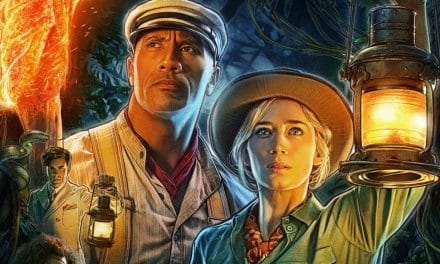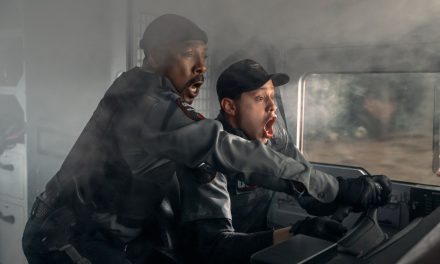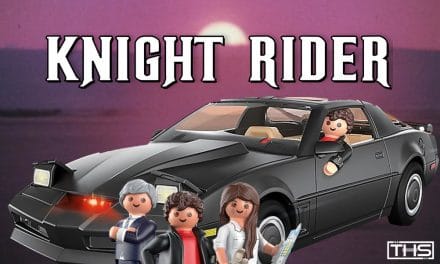The mid-1980’s were an extraordinary time for American cinema. It was then that the “teen-angst” genre came into full swing, with the likes of The Breakfast Club, Pretty in Pink, Sixteen Candles, and others. Director John Hughes found himself at the center of it all. It was the core group of young actors from those films, however, that dominated the news cycles. Emilio Estevez. Rob Lowe. Andrew McCarthy. Demi Moore. Molly Ringwald. Ali Sheedy. Judd Nelson. They were the talk of the town: the up-and-coming stars of Hollywood. But… Everything changed when journalist David Blum dubbed them “The Brat Pack” in a New York Magazine article on June 10, 1985. In the new documentary film Brats on Hulu, Andrew McCarthy explores the impact the article, and the moniker, had on him and his fellow actors.
For those of you that share my Gen-X generation, the aforementioned films were staples of our teenage youth. While we employed use of “The Brat Pack” as a term of endearment for our favorite, young stars, the actors themselves didn’t quite see it that way. To the contrary, for the Brats, it held a negative connotation. Labels are important in Hollywood and, for them, especially McCarthy, it seems, it became more of a stigma, negatively affecting both their lives and careers. With his new film, McCarthy seeks to find some closure through reconnecting with his co-stars and discovering how they also dealt with fallout of Blum’s article.
Brats: a journey of healing, or opening old wounds?

As you watch Brats, it becomes abundantly clear that the film was McCarthy’s means of therapy in dealing with decades of unresolved trauma. At times, the endeavor almost feels selfish. Emilio Estevez appeared visibly uncomfortable with revisiting the Brat Pack’s history. He even admitted that he’d rejected all other requests to discuss the subject. He acquiesced to McCarthy solely because his old co-star was the one who asked. Notwithstanding, the two did seem to put some of the sordid past behind them and mended a fence long broken between them.
Other members of the Pack, notably Judd Nelson and Molly Ringwald, opted not to participate in Brats and leave the Pack in the past. Ally Sheedy, Demi Moore, and Rob Lowe, however, were far more forthcoming and willing to revisit the era that made them. Lowe, of all of the Brat Pack members, seemed most accepting of the fate thrust upon them at the height of their careers. His acceptance seemed to have led Lowe to a genuine place of contentment and happiness. Perhaps that’s what McCarthy is after.
The Brat Pack, nearly forty years later

The documentary film is certainly steeped in nostalgia. Other interviews from “Brat Pack-adjacent” actors Jon Cryer and Leah Thompson are among the highlights. So too are the myriad of movie clips from the films we adored as teenagers. Still, as noted above, Brats is most definitely self-serving on Andrew McCarthy’s part. In making the film, he draws the other Brat Packers into what is unquestionably his own, personal journey for closure. Nevertheless, the film does offer an insightful look into the lives of the actors involved, and the effect those two, simple words had on their lives and careers. If you’re a fan of the actors and the era, I would definitely give this a watch.
Now if you’ll excuse me, I need to go re-watch St. Elmo’s Fire.
Brats is now streaming on Hulu.

![‘Brats’ Packed With Nostalgia, Unresolved Trauma [Review]](https://www.thathashtagshow.com/wp-content/uploads/2024/06/1a7e2532-c96a-4bce-88f2-1e14fac9cc55-1280x640.jpg)




